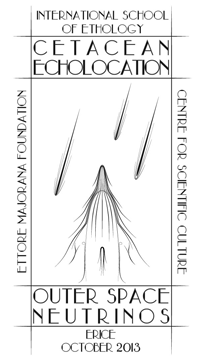Speaker
Bob Gisiner
(US Navy)
Description
Over the past twenty years societal concern about the effects of manmade underwater sound on marine life has grown. The increased concern has been reflected in increased funding for scientific research. Numerous studies of the hearing and behavior of marine life, especially studies of marine mammals, have been conducted to determine the risks to marine life from sound. Of particular note are anatomical models of hearing for species too large to easily test by traditional methods, development of frequency weighting thresholds corresponding to human A weighting functions, and open ocean field studies of behavioral responses to sound. Collectively, these data have been synthesized into models of sound exposure and risk, like the Effects of Sound on the Marine Environment (ESME) model. One of the most difficult remaining questions is "What is the significance of the effects we observe?"; in other words, when does disturbance by manmade sound rise to a level that places marine life at risk? One model for structuring thought about such questions is the Population Consequences of Acoustic Disturbance (PCAD) model, which develops energetic or condition-based metrics to translate observed individual effects to the population level via consequences for life history parameters like growth, survival and reproduction. Another dramatic positive benefit of research on the effects of manmade sound has been the advancement of acoustic monitoring equipment and animal tag technologies which offer tremendous scientific and conservation benefits; not only for assessing and mitigating the effects of manmade noise, but for overall monitoring and beneficial management of our precious ocean resources.
Primary author
Dr
Robert Gisiner
(U.S. Navy)

